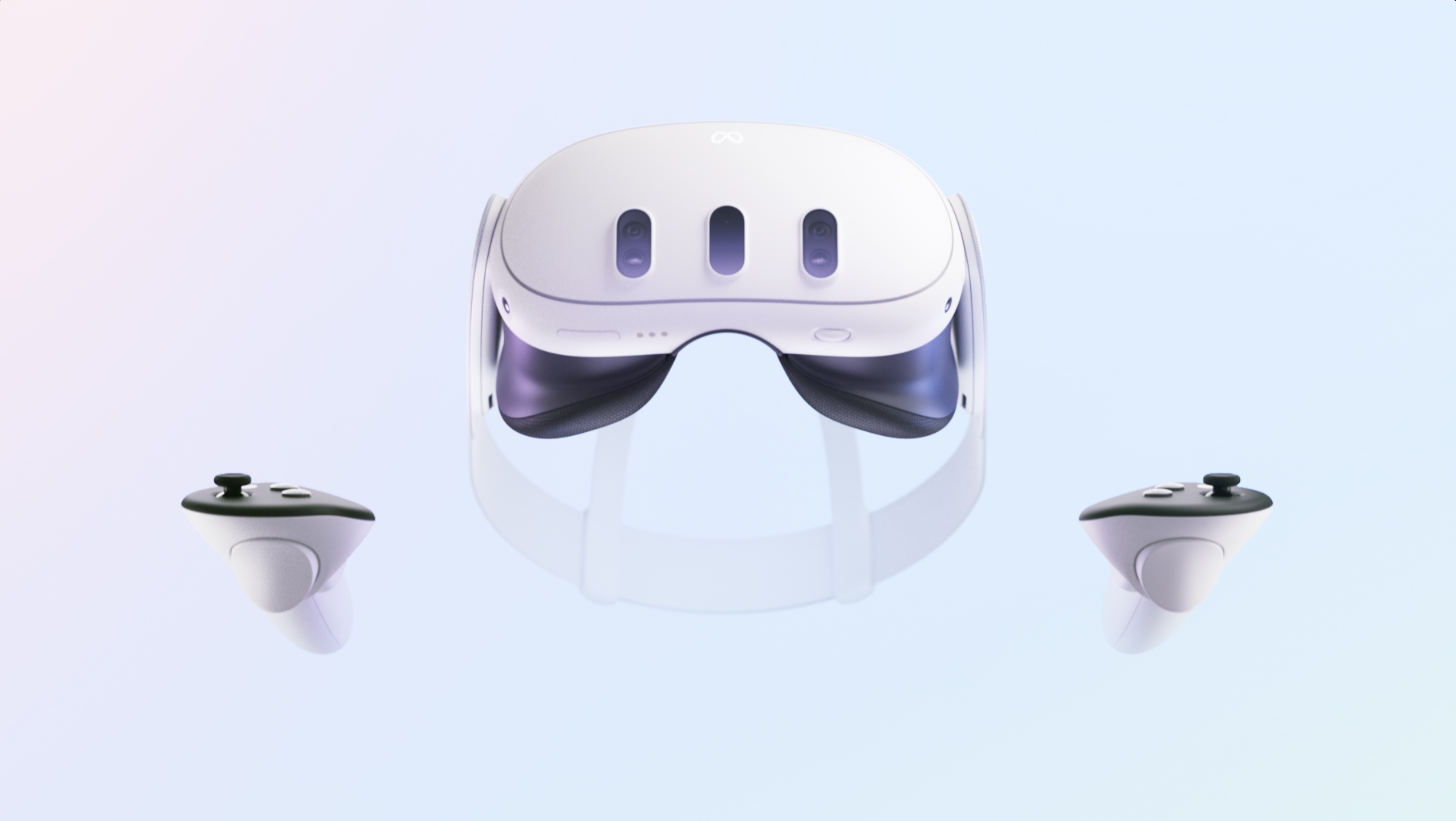
After years of insisting that its Rift and Quest headsets are only suitable for those ages 13 and up, Meta has announced a new mode welcoming users between the ages of 10 and 12.
“Starting later this year, parents will be able to set up parent-managed Meta accounts for Meta Quest 2 and 3 for their children ages 10 – 12,” the company writes in a blog post, highlighting the “vast array of engaging and educational apps, games and more across our platform.”
Accounts for those in this age bracket come with forced parental controls, requiring adults to approve use and with the ability to greenlight apps and set time limits. Though Horizon Worlds will “not be available to preteens when parent-managed Meta accounts become available later this year,” presumably because of concerns over predatory adults.
Crucially, these younger accounts are treated differently in terms of data collection and advertising.
“We will use information we collect about 10-, 11-, and 12-year-olds through our Meta Quest products to deliver an age-appropriate experience,” the company writes. “We do not serve ads to this age group.
“Parents will also be able to choose whether their child’s data is used to improve the experience, and they will be able to delete their child’s account, including all of the data associated with it.”
How young is ‘too young’ for VR?
With this upcoming change, the Quest 2 and upcoming Quest 3 headsets now have the lowest age recommendation in VR, undercutting Sony and its 12-plus rating for the PSVR 2.
Other companies have settled for 13 plus, including Pico, Apple and Samsung, with the latter arguing that anything younger is a “critical period in visual development.” HTC doesn’t have a listed age limit on its Vive devices, but the user manuals say they should be kept away from young children.
To Meta’s credit, the company does show it's working on why it has decided that virtual reality is now fine for (slightly) younger eyes.
The company provides a scientific-reference-packed document explaining its decision, covering ergonomics, visual perception and psychological development of children.
Each section offers specific guidance to parents who are concerned, but Meta’s conclusion is clear: “With appropriate attention to special considerations for children as described above, children aged 10 to 12 can use VR headsets comfortably and safely.”
Rather awkwardly for the company, it didn’t always have this permissive attitude. Indeed, the safety center on the Oculus site still carries the legacy safety warning at the time of writing — though expect it to vanish soon, given its absolute tone.

“Meta VR systems are not toys and must not be used by children under 13,” the page reads. “Younger children have greater risks of injury and adverse effects than older users.”
In truth, despite all the academic citations in Meta’s document, virtual reality simply hasn’t been studied enough to draw firm conclusions about its suitability for children. As Dr. Nathan Cheung, a pediatric optometrist at Duke University told ZDNET last month: “It isn't a well-studied piece of technology in children — so we're unsure of the negative health effects.”
In other words, the 13-plus rating might have been overly cautious, but equally, it may not have been. If you decide to activate the new child accounts when they become available later this year, you may want to take advantage of the built-in time limitations just to be on the safe side.







